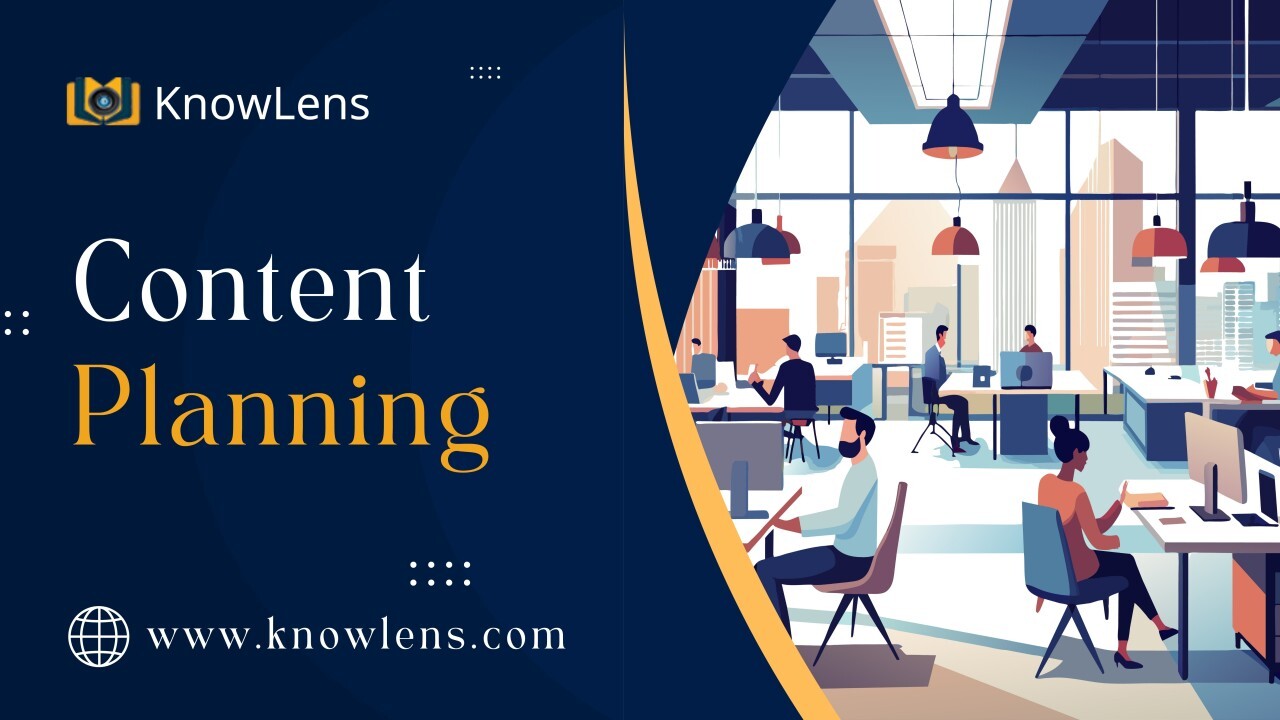As India’s dynamic corporate landscape explodes with a plethora of technology changes and delivery media, effective learning content planning has become crucial for building capable workforces. According to a study by People Matters, only 42% of companies in India have a defined L&D policy, highlighting the need for a more organized approach. A key element in this endeavour is that L&D teams must adopt a systematic approach to content planning that ensures maximum impact while optimizing resources. This article aims to articulate some of the core steps which we believe are crucial to content planning.
Understanding the Foundation: Content Prioritization
The first step in content planning clearly stems post training need analysis. A crucial step is to categorise the content into different levels of priority weighing training urgency and importance, no of people to be trained, business impact etc.
For example:
- Immediate Priority: e.g. GST or POSH compliance training for finance teams as it involves a regulatory dimension and may have serious repercussions for the organization.
- High Priority: e.g. Critical new product training for customer-facing roles. Direct impact on bottomline and hence critical to get off the ground. Large no of people may be involved. Sales training in general seems to be an area of focus for many organizations.
- Medium Priority: e.g. Leadership development for managers. While very important, it’s a longer term approach and needs a holistic perspective integrated with talent management.
Organization Audience Constraint Analysis
Program rollout require consideration of the target audience i.e. the employee.
.For instance:
- Multi-lingual requirements for pan-India operations
- Different digital literacy levels across urban and semi-urban locations
- Varying learning preferences across different organizational levels e.g. Genz may prefer videos but senior management may prefer one on one mentorship.
Evaluating Content Readiness:
Now that we have looked at the content needs and the organization constraints, lets look at Content readiness.
Tier 1: Ready-to-Convert Content
- Existing presentations, documentation, or structured material already created and only digitisation is required
- The content does not require basic research
Example: Converting existing ISO compliance documentation into interactive e-learning modules
Tier 2: Unstructured Information
- Available subject matter expertise but unorganized material
- This requires an element of research where instructional design needs to step in and organize or extract the material from the SME
- Techniques like interview recording or video recording of material or raw documents are useful at this stage
Example: There are operations processes which are being followed without documentation. Institutional memory is present through subject matter experts but the content or the subject matter expert is not learning friendly
Tier 3: Ground-Zero Content
- No existing material or structured expertise
- Needs greenfield thinking – here quite often external help may be required as skillsets and instructional capabilities do not exist in the current organization set up.
Example: Developing a new curriculum on AI for a a traditional manufacturing company
Selecting the Right Medium: An India-Centric Approach
At this stage, you have already factored in the content needs, audience constraints and content readiness, you now need to understand the media mix for content delivery.
What are the key factors at this stage
- Length of content (overall duration)
- Instructional design of the content: the sectional breakdown, the interactivity, the media choice, the sequencing etc all come into play here
- Budgets
- Internal skills vs External skills etc.
Implementation Planning
The final stage is creating realistic schedules considering:
- Business cycles (e.g. last quarter may not be feasible for a number of companies)
- Training rollout based on trainer availability
- Duration of Content development
Implementation plan would involve the following:
- Content and medium finalization
- Budgets
- Content development timelines
- Program roll out plan
- Evangelization of the programs
- Program delivery
- Measuring ROI.
Conclusion
Content Planning is intuitively simple but in practice difficult to execute. In this piece we attempted to trace the journey of content planning within an organization right from the initial feeds from Training Needs Analysis to its final fruition and rollout. Hope this resonates with some of you in the space.

